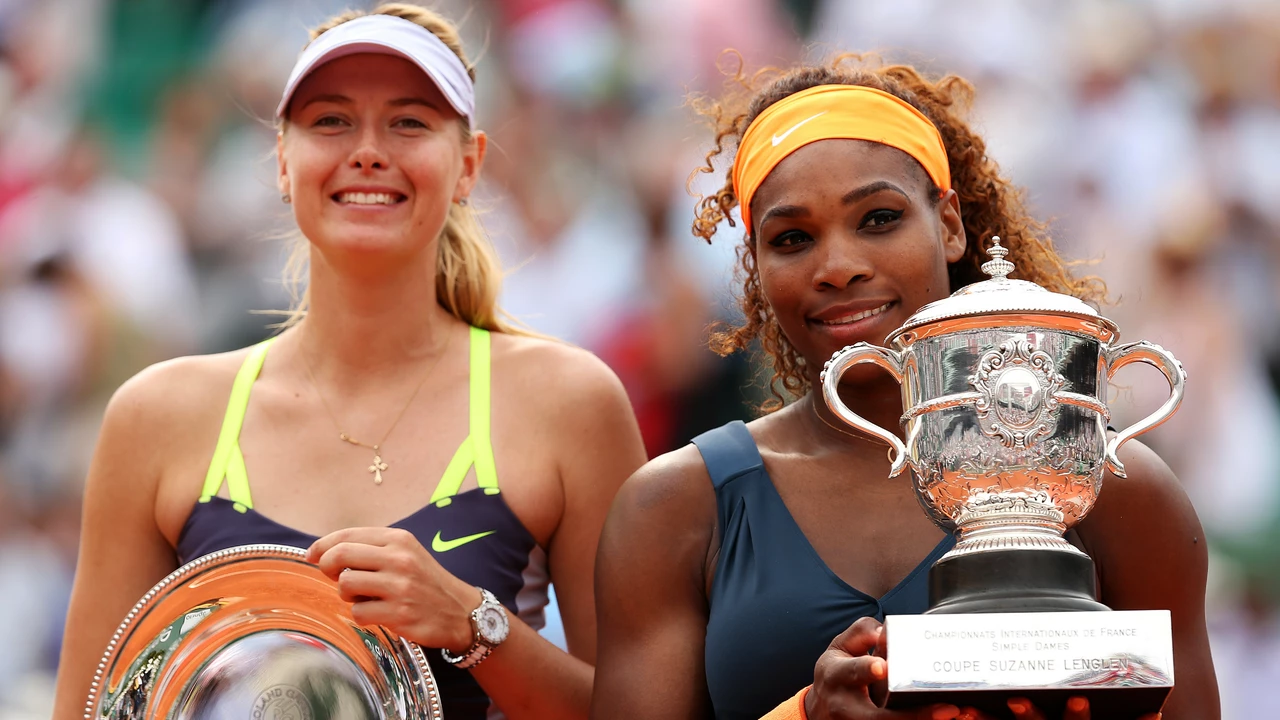The Gender Inequality in Tennis: Redressing the Balance
Did you ever put on your tennis shoes, rush to the court, swing that racket with all your might only to hit thin air? Well, that, my dear readers, is exactly what it feels like to have a debate about whether female and male tennis players should be paid equally. It's that timeless back-and-forth swing with seemingly no end in sight, yet the issue hangs there, suspended like a tennis ball mid-air. Tennis, our beloved sport, the Wimbledon finals we frantically discussed over Sunday barbecue, unfortunately, is not immune to the greater societal bias between the sexes. This isn’t about pointing fingers; we indeed have progressed quite a bit, but it's a fact that the prize money in men's tennis circuits remains significantly higher than women’s. So, today, let's engage in a rally not on the court, but off it, on the topic of pay equality in tennis.
Grasping the Unequal Pay Situation in Tennis
We've all heard about it, or maybe we haven’t because it’s not something the sports world openly discusses (or perhaps wants to). The disparity in tennis pay has been a well-known secret in the sports community. Do a quick Google search, and you’ll see that the top male tennis players have bank accounts as big as their fan clubs, while the top women, in comparison, have not been dealt an equally generous hand. It is alarming to see how little we actually know about what's going on behind those pristine tennis courts.
My wife Geneva, an ardent fan of the sport and a formidable player in her own right, once told me an eye-opening fact. The highest-paid female tennis player in the world, Naomi Osaka, had a reported income of around $37 million in 2020 registered by Forbes. That's an impressive figure, but when you pair it against Roger Federer's $106.3 million income in the same period, the imbalance quite literally smacks you in the face. That's almost one-third — the disparity is as real as the sting of a lost match.
The Era of Change: History Says it All
It wouldn't be fair to continue this debate without looking back at how far we've come. Here’s a fun fact — the US Open started paying equal prize money to women and men as early as 1973! It’s a drop in the bucket, considering the long journey towards equality, but an important drop nonetheless. Our beloved Wimbledon followed suit in 2007, thus marking a new era of equal pay in tennis grand slam tournaments. The four giants — Australian Open, French Open, Wimbledon, and US Open — all have equal prize money now. We could pour ourselves a celebratory drink on that note. However, the unequal distill remains in lower-ranked tournaments and sponsorship deals.
The Debate around Performance
Now, some of you might raise your eyebrows, channeling the spirit of a stoic judge and ask, is there a difference in the quality of performance? To those of you, allow me to retort. I remember one sunny Sunday afternoon, Geneva and I were engaged in a friendly match. You could cut the competitive tension with a butter knife. Were we playing three or five-sets? It's irrelevant, because the intensity, effort, and spectacle we provided were second to none. The same applies to professional players. Be it men or women; tennis requires impeccable skill, training, dedication, and stamina. Five sets or three, the audience gets a thrilling game to watch. So, diminishing someone's efforts based on perceived 'lighter load' is not justified.
Riding the Wave: The Future of Pay Equality in Tennis
We've got to understand that as much as we are talking about tennis, we are also discussing larger issues about gender equality. Ensuring equal pay in tennis would more than just balance the financial tables; it would set an example for other sports, industries, and societies. Any change begins with raising our voice, and today, we choose to talk about, argue, debate the glaring pay disparity in tennis.
My optimism leads me to believe that change is not far away. We've seen great strides taken by notable figures in the sport towards this issue. Tennis champion Billie Jean King, for instance, has played a phenomenal role in advocating equal pay. More recently, Serena Williams has actively voiced the same concern. They, along with countless others, are raising the banner of equitable pay, thus turning the tide of this battle.
On this note, I leave you with a hope that our love for tennis will someday overthrow not just the injustice in payments, but also dissipate societal predilections. Let’s continue to support our champions — male and female alike — for their dedication, discipline, and the unfailing spectacle they offer, all in equal measure. Until then, keep serving the love for the sport, and keep exploring those tricky corners of societal norms that need a harder swing of the racket!
